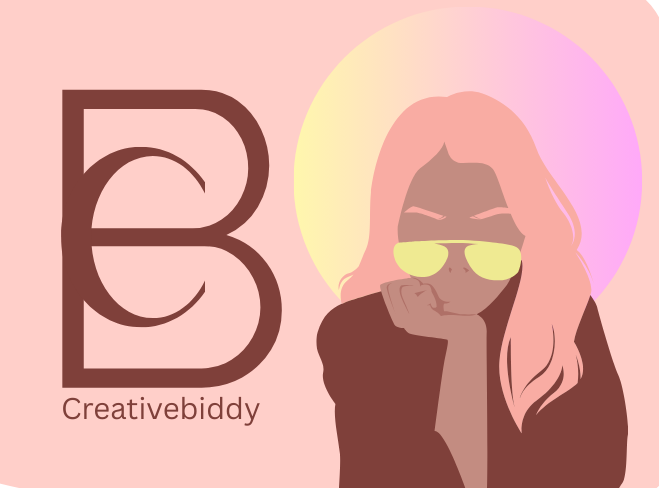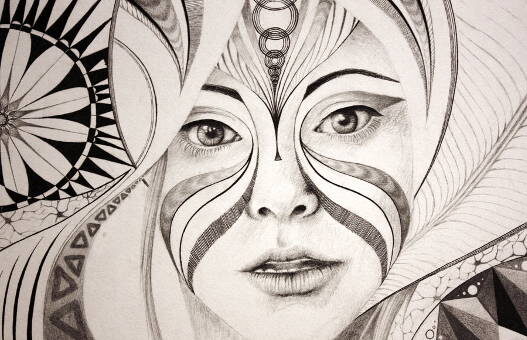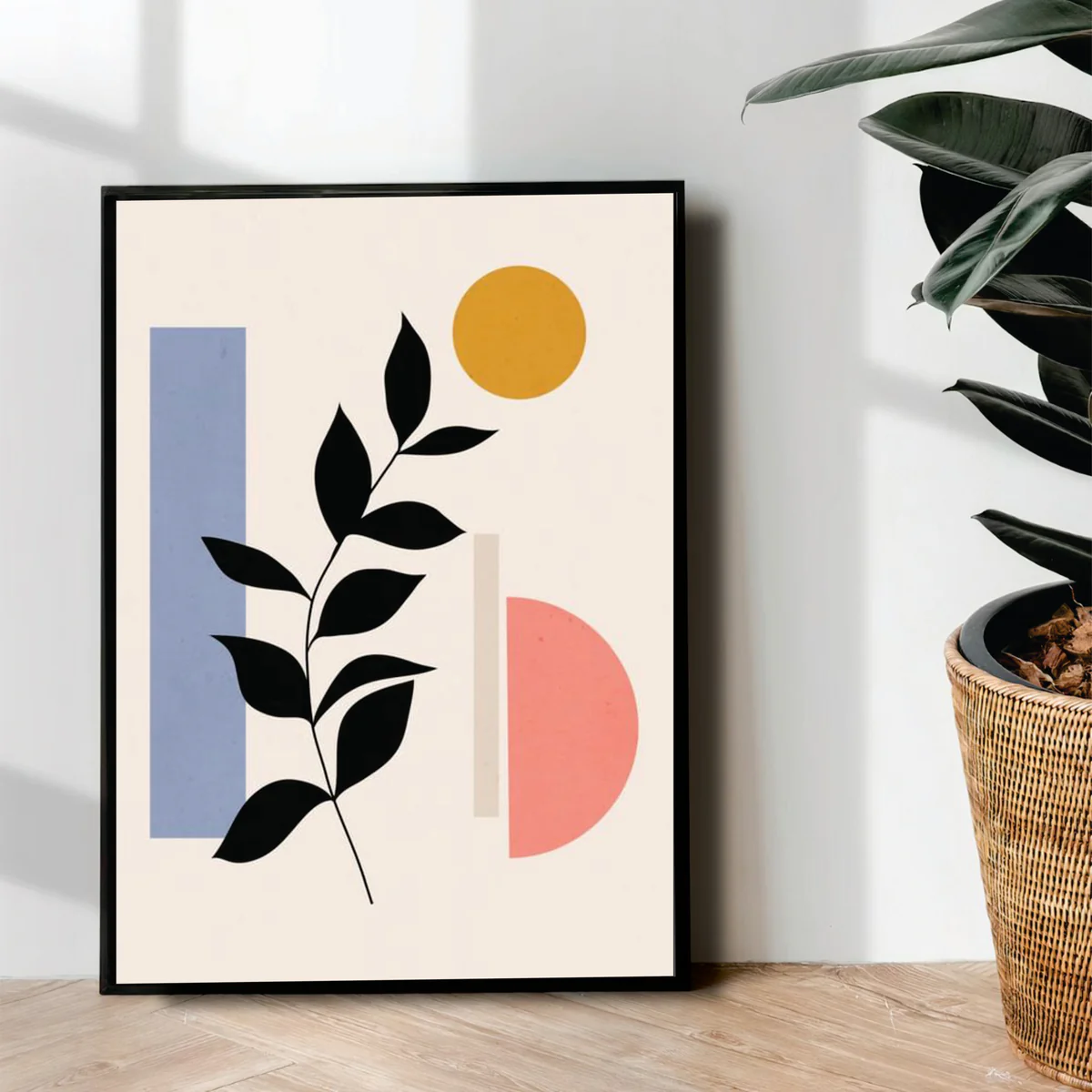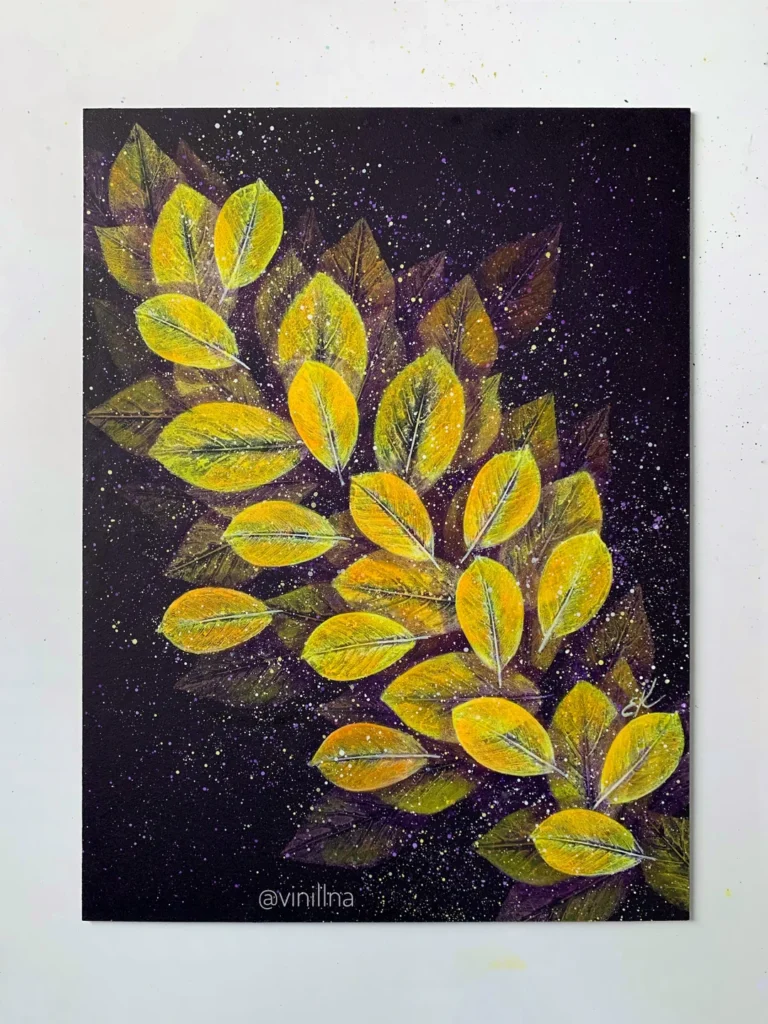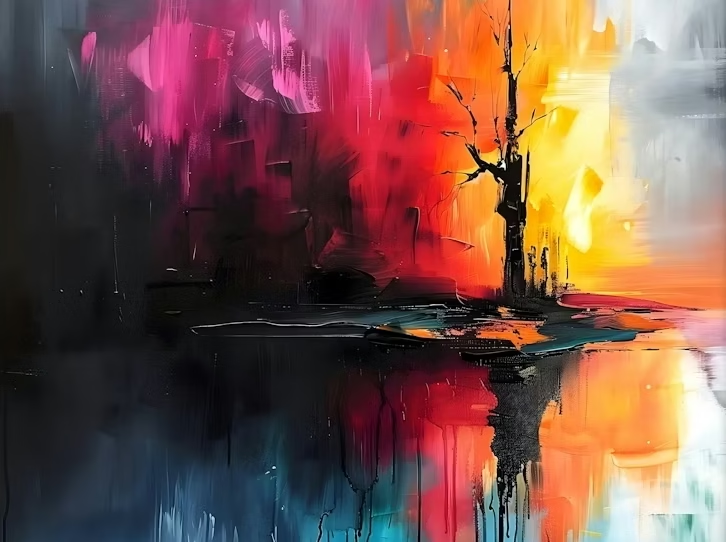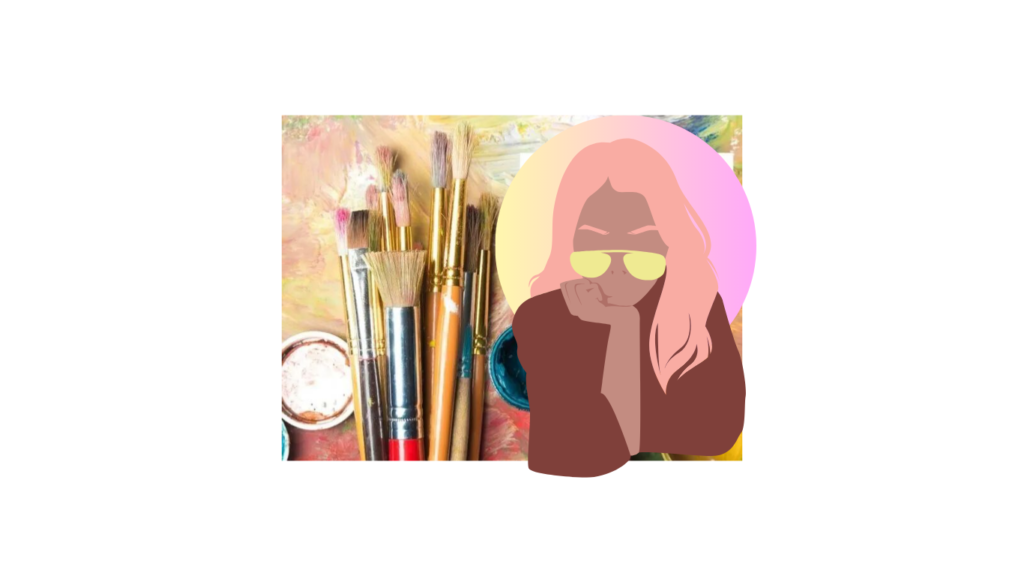"The longer you look at an object, the more abstract art it becomes, and, ironically, the more real."
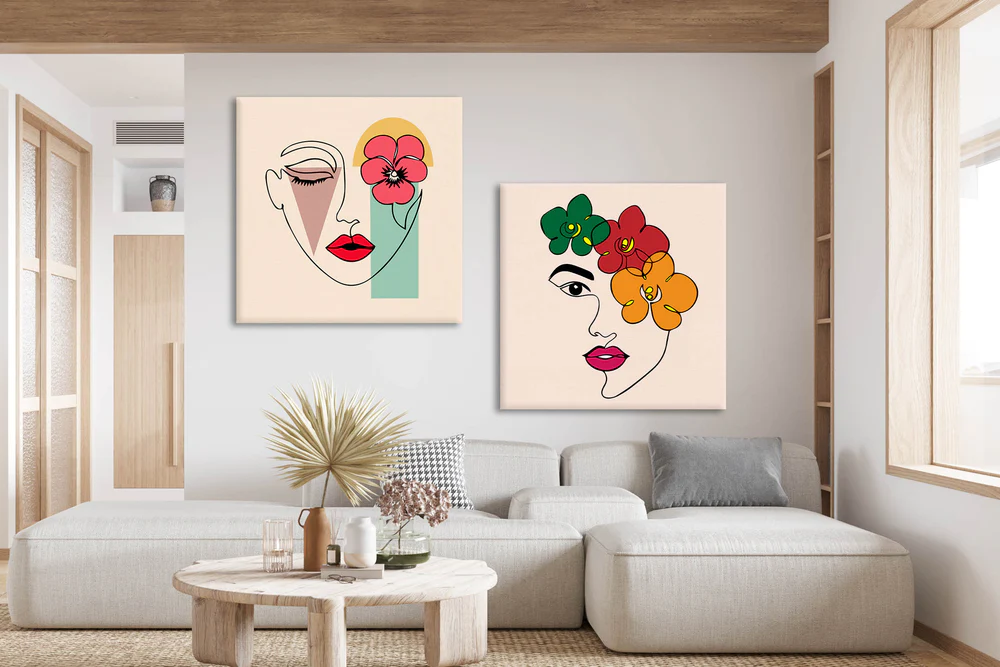
Abstract art is a type of visual art that does not try to replicate visual reality accurately. Instead, it depends on shapes, colors, forms, and gestural strokes to produce its impact. Rather than focusing on realistic graphics, the emphasis is on conveying emotions or ideas.
The following are some important facts about abstract art:
Key Features:
Non-representational: It does not depict actual items or situations.
Emotion and interpretation: Viewers are urged to interpret the work in their own way.
Concentrate on the following aspects: color, line, texture, and composition.
Freedom of form: Artists are free to experiment since there aren’t many constraints.
Types:
Geometric abstraction employs well-defined forms and accurate lines (e.g., Piet Mondrian).
Lyrical abstraction: More expressive and spontaneous (e.g., Wassily Kandinsky).
Minimalism: Reduces to its core components (e.g., Agnes Martin).
Action painting is primarily concerned with the act of painting itself (e.g., Jackson Pollock).
Historical Background:
Originated at the beginning of the 20th century.
influenced by trends like Expressionism, Fauvism, and Cubism.
A response to photography and a yearning to delve into the spiritual or subconscious.
Why People Make or Like Abstract Art:
It causes reflection and contemplation.
It is open to a variety of readings.
In a raw and primitive way, it can bring forth mood or emotion.
